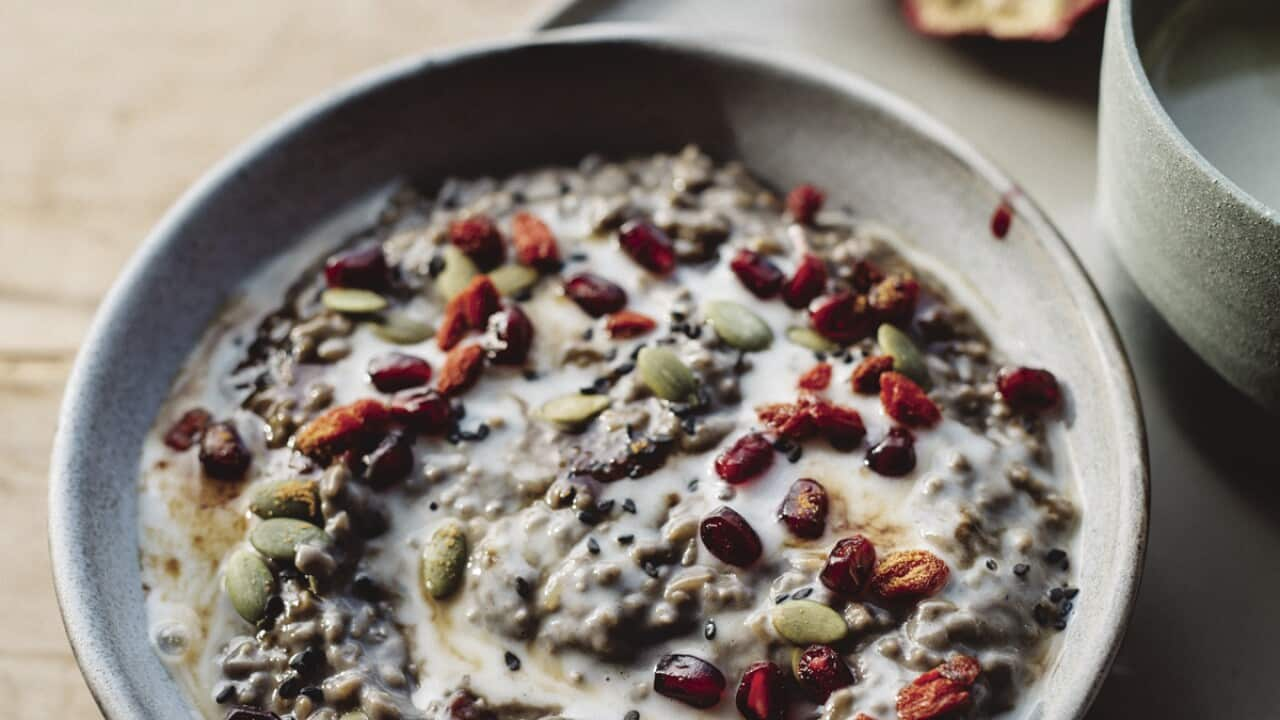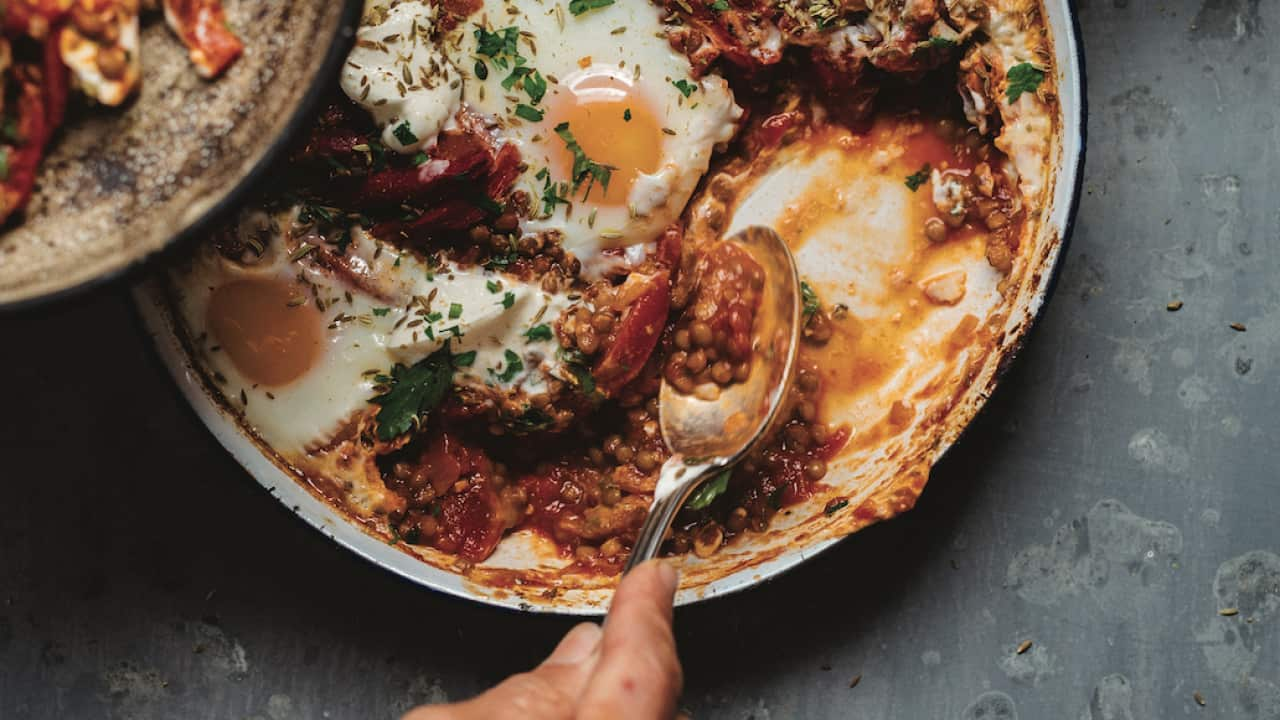Ayurveda is the traditional folk medicine of India. It’s a 5,000-year-old health system and offers a food-as-medicine approach to wellness.
It focuses on what you eat, your lifestyle, your environment and living in line with the world around you. It’s not so much focused on how you can fix [a health issue that is] bad but it’s more about staying really well and being as healthy as you can be for the body type that you are.
Ayurveda recognises that we are all not meant to look the same.
The connection has not yet been made between Ayurveda and evidence-based science. But what we’ve been saying in Ayurveda for years is that the gut is associated with the mind. So if you are eating the wrong kinds of foods for your body type and your gut is out of balance, then your mind might be also out of balance.
Many people are also now starting to understand the benefits of turmeric and ghee, which have both been part of Ayurveda for years. However, the links between science and Ayurveda are small because it hasn’t had the airtime. But we are starting to see a shift in acceptance. I’d say, in the next 20 years or so, more people will pay attention.
READ MORE

WIN The Yogic Kitchen cookbook
A quick run-down on how it works: The 3 doshas explained
Ayurveda recognises that we are all not meant to look the same. Thin does not always equate to happy or healthy. For some people, it does, but it does not for others. That’s why there are three body types (doshas) or constitutions.
Based on your body type, we look at how you feel each day and if you feel out of balance, we treat with the opposite. For example, if you are always cold, we recommend eating warming foods, and vice versa.
READ MORE

Vegan choc peanut butter cake
Vata
People who have a vata constitution are very thin, naturally. The downside of this constitution when it is out of balance is that the individual may feel more anxious or fearful.
If you woke up and your skin was dry, you felt a bit anxious and a bit constipated that would tell you your body is cold inside. That means you need to warm it up. So rather than having a cold breakfast, Ayurveda recommends you eat something cooked and warm. Don’t have any icy cold drinks.
If you feel anxious, don’t do loads of exercise as you may already have a lot of movement in your mind and want to calm your body down.
READ MORE

Black sesame porridge
Pitta
The pitta body type is typically athletic and driven. If this constitution is out of balance, the person may have more issues with heat in their body, skin issues, heartburn and anger.
For example, I was in my late 30s and in my pitta phase of life when I started practising Ayurveda. I overheated internally, too ambitious, controlling, angry and depressed.
I needed to be more kapha-like and gentle, have closer relationships, more nurturing of my self, more still and have a little bit of sweetness in my life. At that time, I did not have any sugar in my diet at all. So I started to introduce naturally sweet foods – not processed sugars – but sweet fruits. I also reintroduced dairy and grains into my diet. Kapha
Kapha

Author of The Yogic Kitchen, Jody Vassallo. (Photo by Luisa Brimble) Source: Photo by Luisa Brimble.
The last dosha is kapha, which has a rounded body shape. They may have larger hips, are soft, loving and nurturing. They also have the most healthy and resilient constitution.
People who are kapha may also be the people who have given themselves a hard time about being round, even though that is just their constitution. I’d never say to a client who was kapha that you need to look at becoming like a vata person who is really thin. I’d say you just don’t have that body shape. You need to stop giving yourself a hard time.
Maybe you need to shift some weight if it causes discomfort and if that is the case, I might recommend more movement at a certain time of day when their body feels more sluggish.
If you are out of balance as a kapha, you may feel cold, sluggish, dull and heavy. So you would want to treat your body with the opposite and warm your body up with more pitta-style foods. Don’t have ice cream or cold foods.
You may also know the foods to avoid because they are the foods you want. Kaphas love white foods: bread, potatoes, ice cream and dairy. They are things to avoid straight away.
In Ayurveda, we say you need to understand who you are deeply and inherently, and appreciate that. Love and nurture yourself, and eat accordingly.
People have to get away from what their body looks like and think more about what their body feels like inside. That is health. It’s a whole big picture. That’s wellness.
You can look incredible in your active-wear but if you’re running the most insane level of anxiety, you feel socially uncomfortable and your body aches because your joints are painful – that is not wellness.
In Ayurveda, we say you need to understand who you are deeply and inherently and appreciate that. Love and nurture yourself, and eat accordingly.
Jody Vassallo is an Ayurvedic health coach, skilled cook, yoga teacher and author of newly released, cookbook,







